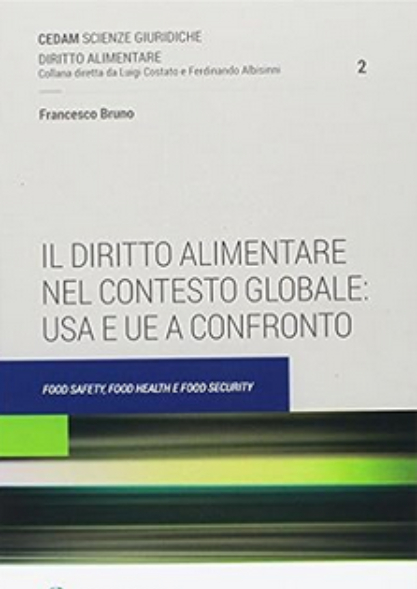The history of the evolution of U.S. food law is addressed in this volume, starting from the initial legislation and highlighting the progressive juxtaposition of food law and agrarian law, which are closely linked in subject matter and assumptions, and which in today’s increasingly share institutions and instruments of intervention, because of the decisive circumstance that human nutrition is still based almost entirely on the products of the primary sector, and at the same time highlighting “the contribution of current U.S. food law scholars to the reconstruction of food law (European and national)” as a possible element for the reinterpretation of the European integration process.
The U.S. and the European Union are two large markets, including food, and at the same time are two food powers in terms of the amount of products, related to the sector, that they export. Both, then, have very advanced systems of rules regarding food production, storage and transportation.
Some elements of these rules differentiate the two markets, but, on the other hand, the two systems have multiple homogeneous elements and directions.
The authors


